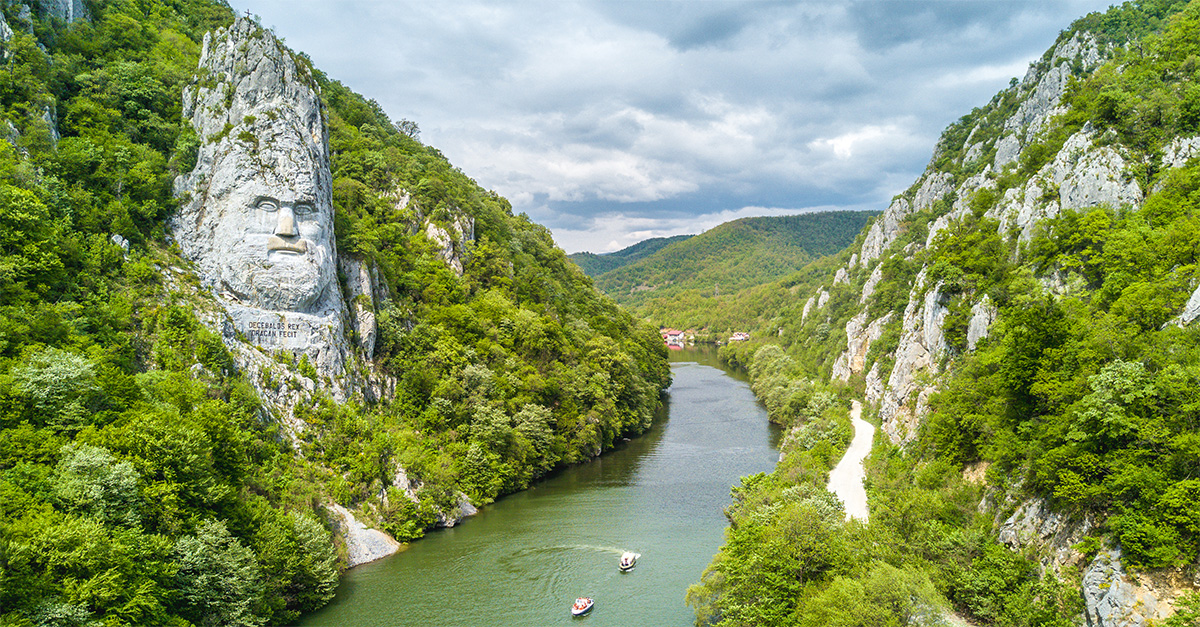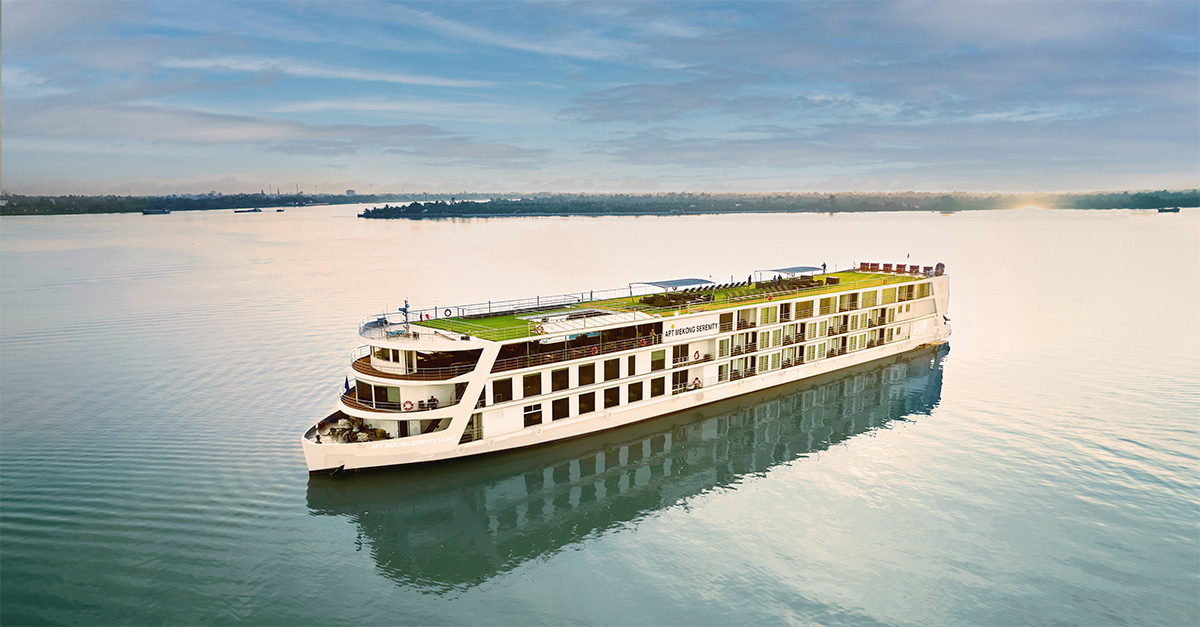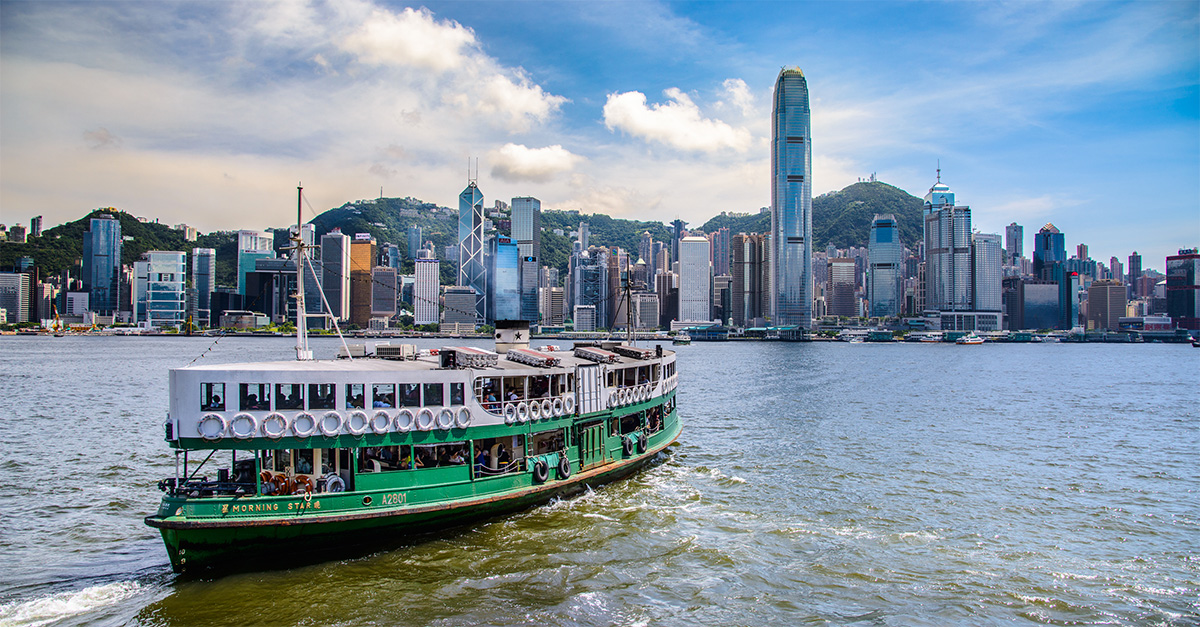Neighbouring Çesme and Alaçati are a great bet for clients looking for a more authentic Turkish escape, says Karl Cushing.
Like this and want more details? Click here to download and save as a PDF.
Çesme and Alaçati might not rank highly on many agents’ radars but this corner of the Aegean has a lot of selling points, with the former offering a more affordable ‘ying’ to the more luxurious latter’s ‘yang’.
What’s more, Pegasus and easyJet both fly direct to Izmir, an hour’s transfer away, so getting there’s a doddle.
Turkish tourists love it, accounting for 90% of business at Sheraton Çesme, the area’s largest hotel. However, with the local high season just seven weeks from early July, hoteliers are understandably keen to attract more overseas visitors.
To this end, Alaçati’s mayor assures me plans are afoot to increase beds in the area from 3,000 to 15,000 in five years, with investments in events, golf and spas designed to broaden its appeal.
One operator with a particular soft spot for the area is Anatolian Sky’s managing director Akin Koç, who worked at Çesme’s Golden Dolphin hotel in the 1980s. “We’re seeing steady demand for both Çesme and Alaçati,” he says, adding: “They complement each other.”
Çesme
The more established of the two, internationally Çesme’s star has fallen of late, although some UK operators still feature it, including Thomas Cook and Anatolian Sky, while Classic Collection is considering adding it, and/or Alaçati, for 2014.
Mosaic Holidays, which features Çesme’s Radisson Blu and Sisus Hotel, is also looking to add product in the area. “Çesme is cosmopolitan, trendy and unique, with an impressive range of hotels and restaurants. It has the added bonus that it does not suffer from excessive tourism,” says managing director Sabina Shaida. “It’s also ideally located to access major sites such as the ancient city of Ephesus.”
With its short main drag of two-storey concrete buildings containing the usual souvenir shops, bars and cafes, on first viewing, Çesme’s centre doesn’t dazzle but a stroll around the backstreets and the castle pays dividends, and affordable seafood restaurants line the waterfront.
Better still, head to the classy new marina, with its higher-class boutiques and dining, or nearby Dalyan or Urla, villages known for their fish restaurants.
Recent hotels that have added to Çesme’s appeal include 7800, a large design hotel just out of town, and my base, the family-friendly Radisson Blu. While the Radisson is somewhat let down by the poor quality buffets and postage-stamp-sized beach, it scores points for its modern design and quality fittings.
It’s also one of the area’s largest properties, with 312 rooms, including 42 suites, and a large wellness area. In town, Anatolian Sky offers Kanuni Kervansaray, a lovely historic boutique hotel adjoining the castle.
Of the local beaches, arguably the best is the long sandy stretch at Ilica which, with Sifne, is also one of the area’s main thermal spa centres. Other popular spots include Altinkum and Aya Yorgi bay, home to the beachclubs Babylon, Paparazzi and Marrakech.
Alaçati

Locals nickname the village of Alaçati, a 15-minute dolmus (minibus) ride from Çesme, the St Tropez or Capri of Turkey, as it’s where the country’s well-heeled ‘beautiful people’ come to play.
“It’s unique,” says Koç, who praises its authentic feel, rich culture and wealth of family-run, traditional stone properties, many accented by bougainvillea, pastel shutters and wooden balconies.
Being located a few kilometres inland, these trademark stone buildings, rather than sand, account for much of Alaçati’s appeal and the recent rush of refurbs has seen a boutique hotel boom. Some 160, most with just a handful of beds, clamour for attention, and what’s left has been largely assumed by galleries, antique shops, boutiques and classy restaurants.
My first viewing set the tone. The bedrooms at the stylish Bey Evi are housed in two lovely stone buildings separated by a cosy pool area, flanked by the bar and restaurant.
Design-wise the Bey, a few doors down from local boutique pioneer Tas, makes much of the local taste for a light palette and natural materials, augmented by tasteful furnishings and antiques.
Other standout properties nearby include Nars, a small hotel in Ilica with a similar style to the Bey but with the added benefit of being over the road from an excellent beach. Selling points for Sheraton Çesme, also in Ilica, include its Botanica wellness offering and excellent beach.
Historically it was the area’s near-constant winds that drew visitors. Windsurf schools abound in rapidly expanding Port Alaçati, a few miles outside the village, and my late August visit coincided with the PWA Windsurfing World Cup.
Being the area’s first hotel, the sprawling Alaçati Beach Resort bagged the best stretch of sand. Other good options include the adjacent 88-bedroom Solto, sold exclusively in the UK by Anatolian Sky, and my base, the recently opened Kapari, whose pleasing cluster of rooms – some on two levels – are set in a peaceful elevated spot overlooking the pool and the sea beyond.
This summer saw two new beach clubs open in Alaçati. Supperclub’s look of dark wood and white furnishings resembles a Nikki Beach but it lacks a central focus. Better is BoBou Beach.
Pay your entrance fee (about £11, £18 at weekends), kick back with a lobster and a cool glass, and then hit a lounger or overwater pavillion and drink in the sunset before hitting its clubs.
While many local hotels are too small to offer wellness, clients can ‘order some in’ thanks to Wellness Alaçati’s mobile Balinese therapists, who offer everything from massages to detox programmes (also at BoBou and Supper Club). Email murselbeyazkoy@wellnessalacati.com for rates.




